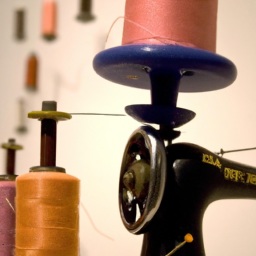
Information about the History of Sewing

From ancient times to modern days, the art of sewing has played a crucial role in human civilization. Sewing, the practice of using a needle and thread to join fabric or other materials together, has a long history that intertwines with our daily lives. Let’s delve into the fascinating journey of sewing through time.
The origins of sewing can be traced back to prehistoric times, where early humans used bone or ivory needles and animal sinew to stitch together animal hides. The discovery of the oldest known needle, crafted around 20,000 years ago, speaks volumes about the ancient roots of this craft.
As civilizations flourished, so did the techniques and tools used for sewing. In ancient Egypt, the use of simple looms and intricate stitching allowed for the creation of linen garments for pharaohs and nobles. Similarly, the ancient Greeks and Romans developed advanced sewing techniques, leading to the production of finely tailored clothing.
During the Middle Ages, sewing became an essential skill for both men and women. The advent of guilds brought together talented craftsmen, creating a community of skilled sewers who produced intricate garments embellished with pearls, gold, and silver threads. This period also witnessed the rise of the first sewing patterns and the birth of the trade guilds, which regulated the sewing profession.
With the advent of the industrial revolution in the 18th century, sewing underwent a significant transformation. Manual sewing techniques gradually gave way to sewing machines, which revolutionized the textile industry. The invention of the first commercial sewing machine by Elias Howe in 1846 paved the way for mass production of clothing and made sewing more accessible to a wider population.
In the 20th century, sewing continued to evolve thanks to the inventions of innovative sewing machines, such as the zigzag machine and the computerized sewing machine. The development of new fabrics and sewing techniques, combined with the emergence of fashion houses and designers, propelled sewing into the fashion industry.
Today, sewing has not only become a significant craft and trade but also a popular hobby. Sewing machines have become more versatile, allowing people to unleash their creativity and produce unique garments, accessories, and home decor items. Sewing communities and online platforms have created spaces for sewers to share their knowledge, patterns, and inspirations.
The history of sewing is intricately woven into the fabric of human culture, preserving our traditions, fashion trends, and personal styles throughout time. Whether as a practical skill or a creative outlet, sewing remains an essential art form that continues to connect people through their love for textiles and craftsmanship.
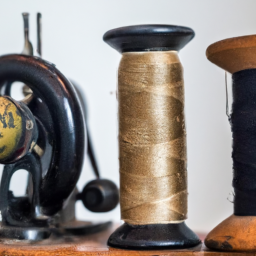
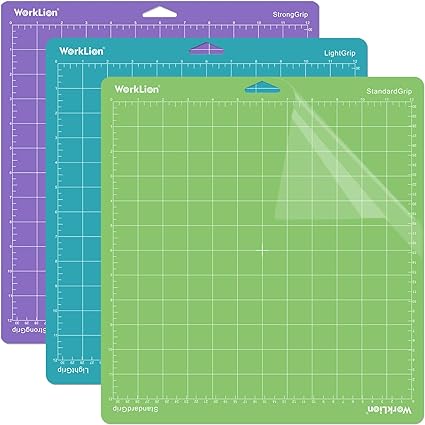
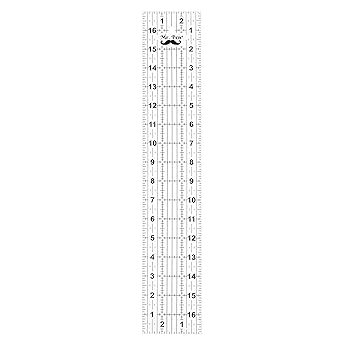
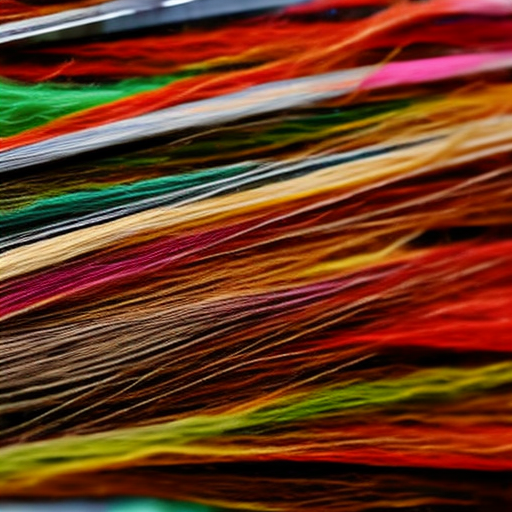
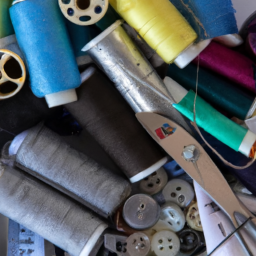
Great read! This article provides an informative look at the history of sewing. Fascinating to see how much it has changed since its beginnings!
Very cool article. Love learning about the history of sewing and how it has evolved over time!
Samantha Samson: What an interesting read! Really enjoyed learning about the history of sewing, and couldn’t believe how it has shaped our lives today. Fascinating!